Description
Mercedes-Benz W140 Hardcover book (fragment of the text)
The Mercedes S-class with the W140 body index went on sale in 1991, replacing its predecessor, the W126, which was already quite middle-aged by that time, having held out on the conveyor for 12 years.
In fact, Mercedes-Benz did not delay development of the next Sclass representative: the W140 began being designed ten years before its premiere, in 1981. So why was its journey to the consumer so long? In part, it was the competition.
If you don’t include the higher priced Rolls-Royce and Bentley, for almost the entire second half of the 20th century, basically the only large Mercedes competitor in Europe was the BMW 7-series (in the USA there was also Cadillac and Lincoln).
Of course Mercedes couldn’t help but feel relaxed and at ease. But the situation in this premium sector of the automotive market began to change rapidly in the late 1980s. “Suddenly” the Lexus brand appeared, then still with just a single model, the 400 LS.
And this model turned out to be, frankly, inexpensive compared to Mercedes and BMW (the Japanese initially dumped heavily). It was, without a doubt, reliable, like all Toyotas, and also very “advanced” in terms of new technologies.
The LS looked like a 21st century car, while the big and chic W126 was clearly not the most modern car anymore. For its part, BMW tried to bite off a bigger piece of the pie with the introduction of the 12-cylinder 750i in 1987.
Many may have forgotten by now, but Mercedes didn’t have a 12-cylinder luxury sedan at the time. And let someone think that, say, 12 is just a number, but it is precisely these numbers that often determine who is the “best” here.
And this is how the S-class got in the spot of catching up. Audi also added fuel to the fire with its allwheel drive (Quattro) V8 model, which first went on sale in 1988. And again, the Mercedes S-class had nothing to respond with: 4Matic was then available only on E-class cars (W124). Of course, we all know about the triumph of Audi.
With the arrival of the Audi A8 in the early 1990s, which replaced the almost experimental V8, Germany’s Big 2 turned into Germany’s Big 3 that we are used to today.
And in such a situation, Mercedes-Benz could not produce a very comfortable, reliable, and solid car. It was necessary to do a lot of work to, at least, be no worse than the rivals (by the way, we have not yet mentioned the big Jaguar XJ, the next new series that was presented in 1994).
The release of the W140 was delayed for a couple of years and, moreover, it took a lot of money to develop. But, as a result, not just another limousine appeared, but a legendary car – very comfortable, perfectly manageable (this was the most difficult to achieve, given the dimensions and weight), safe, energy efficient, etc.
No wonder the Mercedes 600 (the top-end modification of the W140 with a 6-liter engine) even became a part of folklore – jokes about “new Russians” and others, as an invariable attribute of the wealthiest people.
The appearance of the W140, on the one hand, violated the traditions of style – it was not similar to either the classic large Mercedes sedans of previous decades or to the angular luxury cars of other brands.
But, on the other hand, it directly inherited the features of its younger cousins, the compact W201 (produced since 1982) and mid-size W124 (since 1984). And if the swift wedge-shaped silhouette perfectly suited these two cars, then the huge W124 looked, in the opinion of many, somewhat strange with such lines.
No wonder in the post-Soviet space, where the Mercedes S-class was for many not just a symbol of power and prosperity, but a real cult, the top of the “pyramid of desires” (and in the overwhelming majority of cases, unattainable). We should not forget that the 600 is popularly nicknamed “the boar.”
On the one hand, a wild boar is a strong, agile, and dangerous animal; on the other hand, it is clearly not the most graceful animal. And a nickname for a car is given, first of all, for its external resemblance.
One way or another, the W140 was in good demand and fell into the hands of almost half a million millionaires from around the world. However, it did not even manage to come close to the sales record of the W126.
The presence of strong competitors, a higher price in comparison with its predecessor, and possibly some other factors limited distribution of the W140. But, of course, the Mercedes S-class remained (and remains today) a kind of benchmark.
It is no coincidence that the heads of many states preferred to drive around in it – there is only one spot at the top!
Read the continuation of Mercedes-Benz W140 story in the book.
Other books about history of Mercedes:
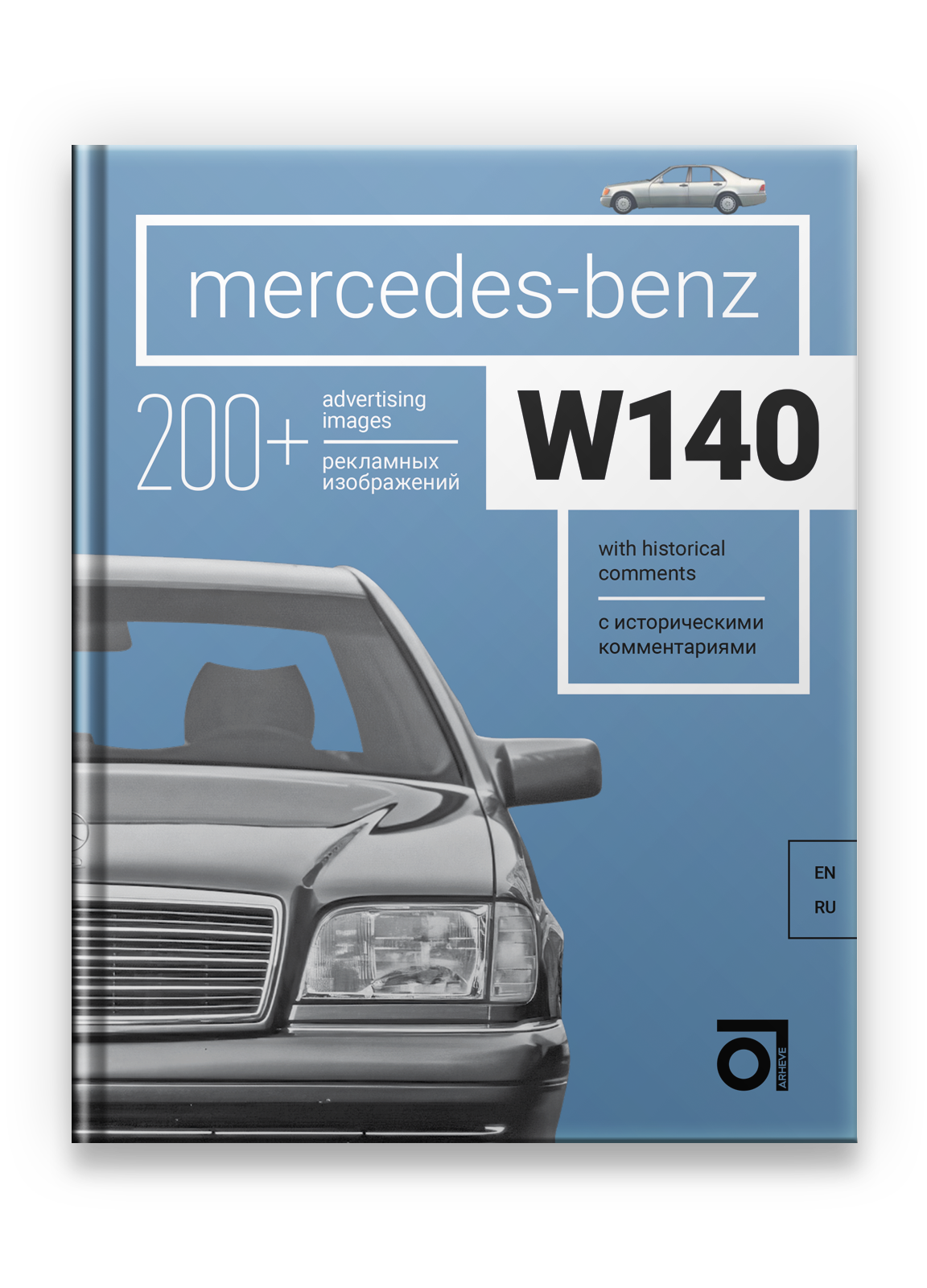
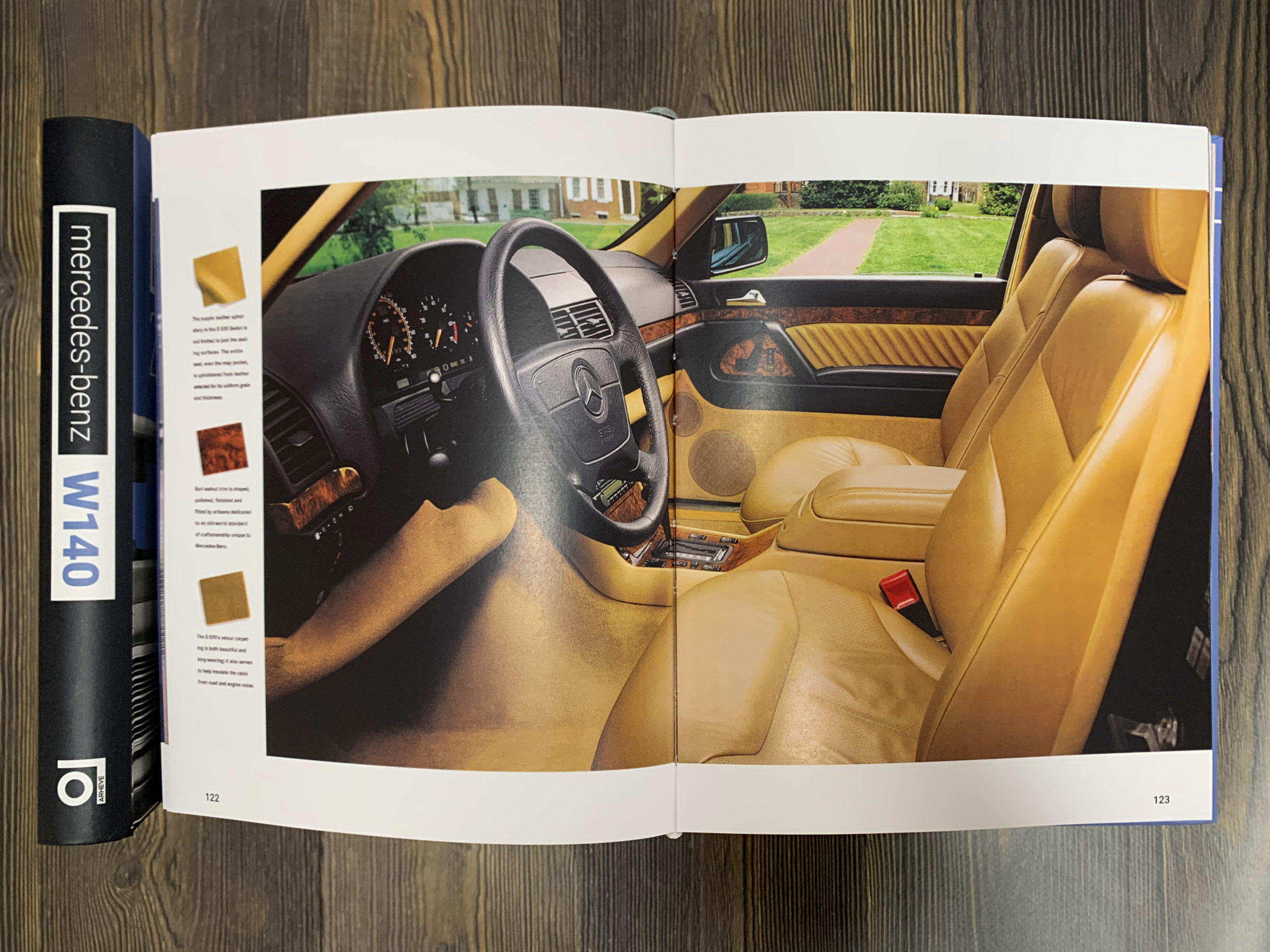
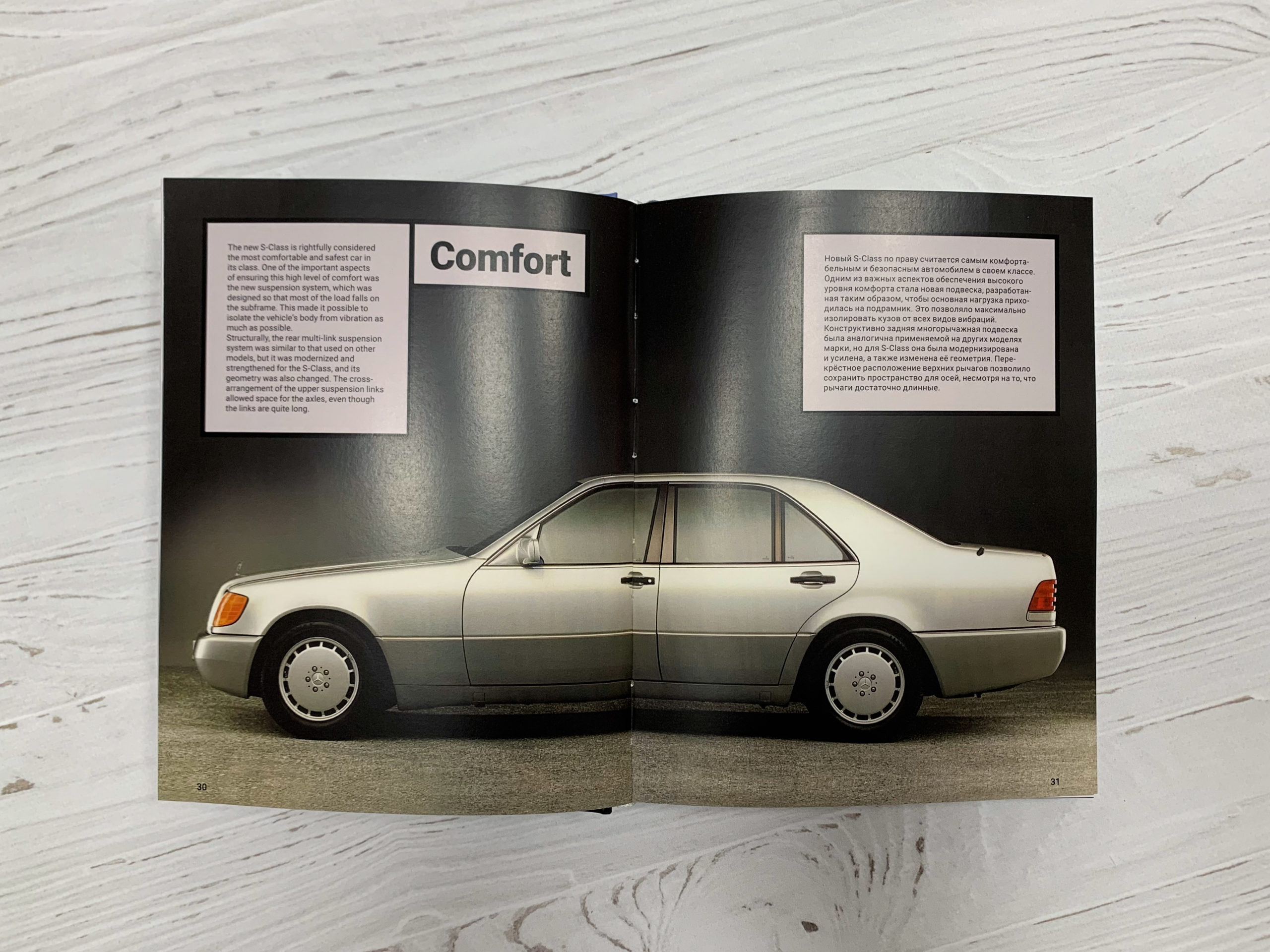
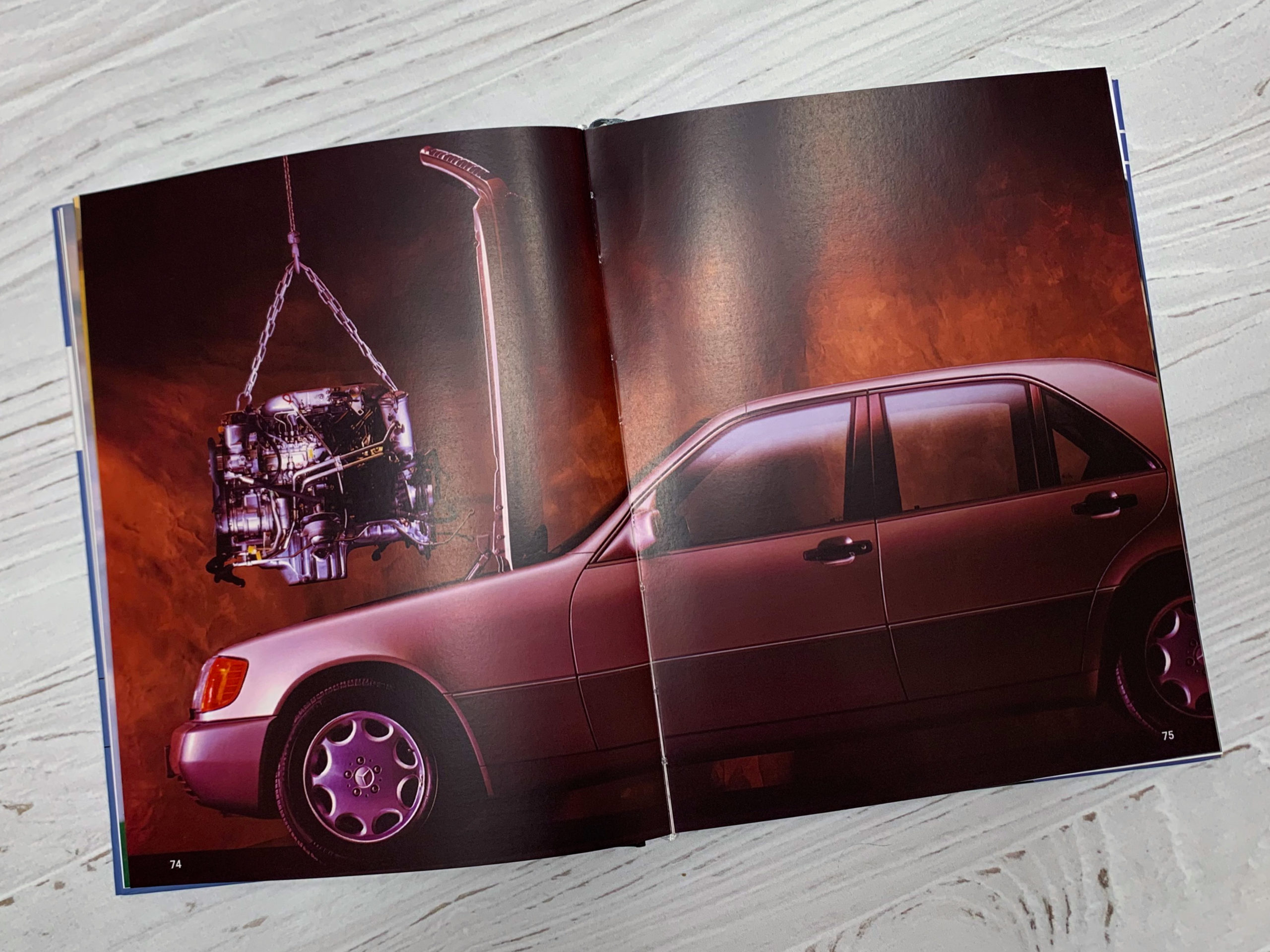

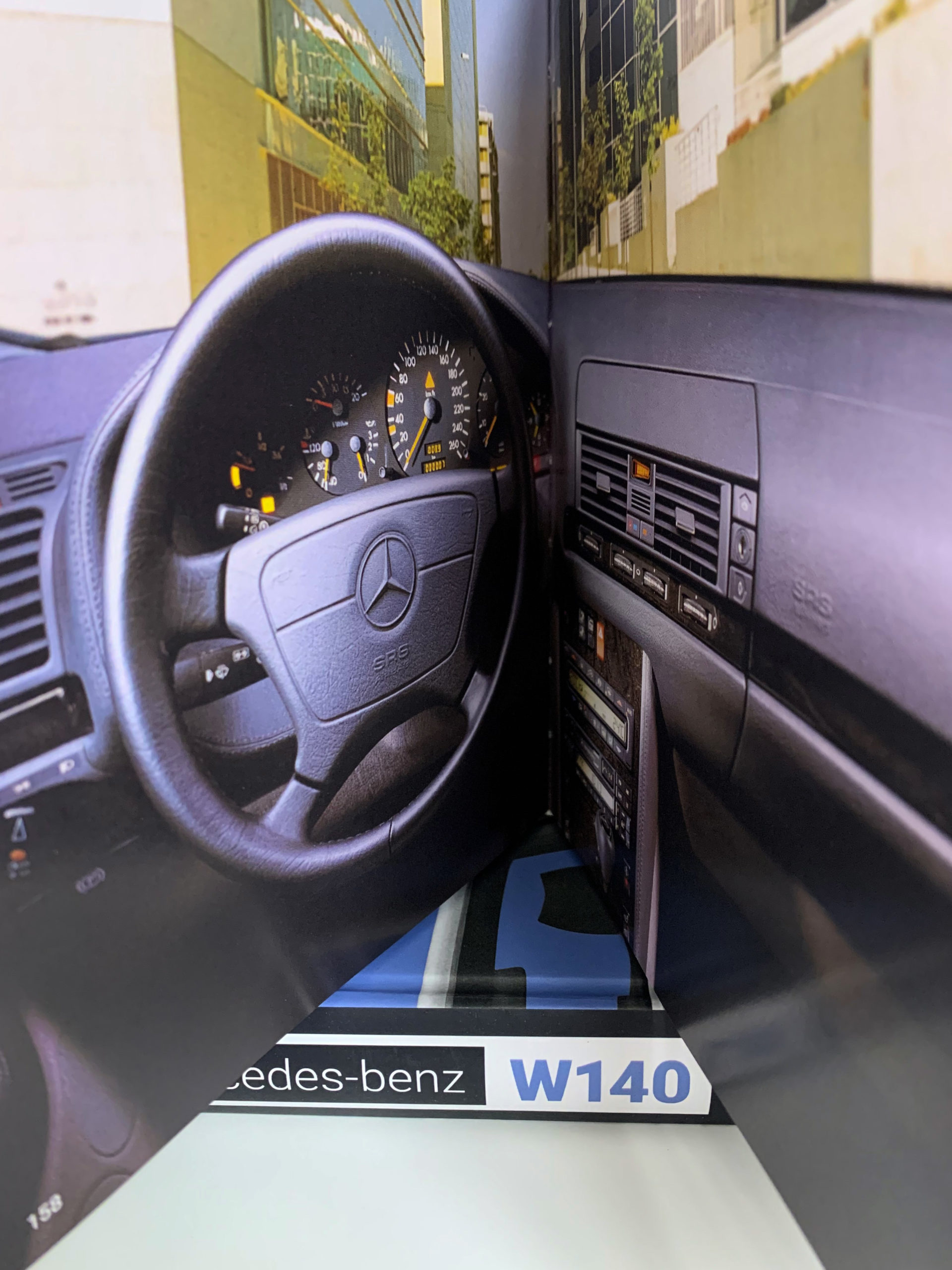
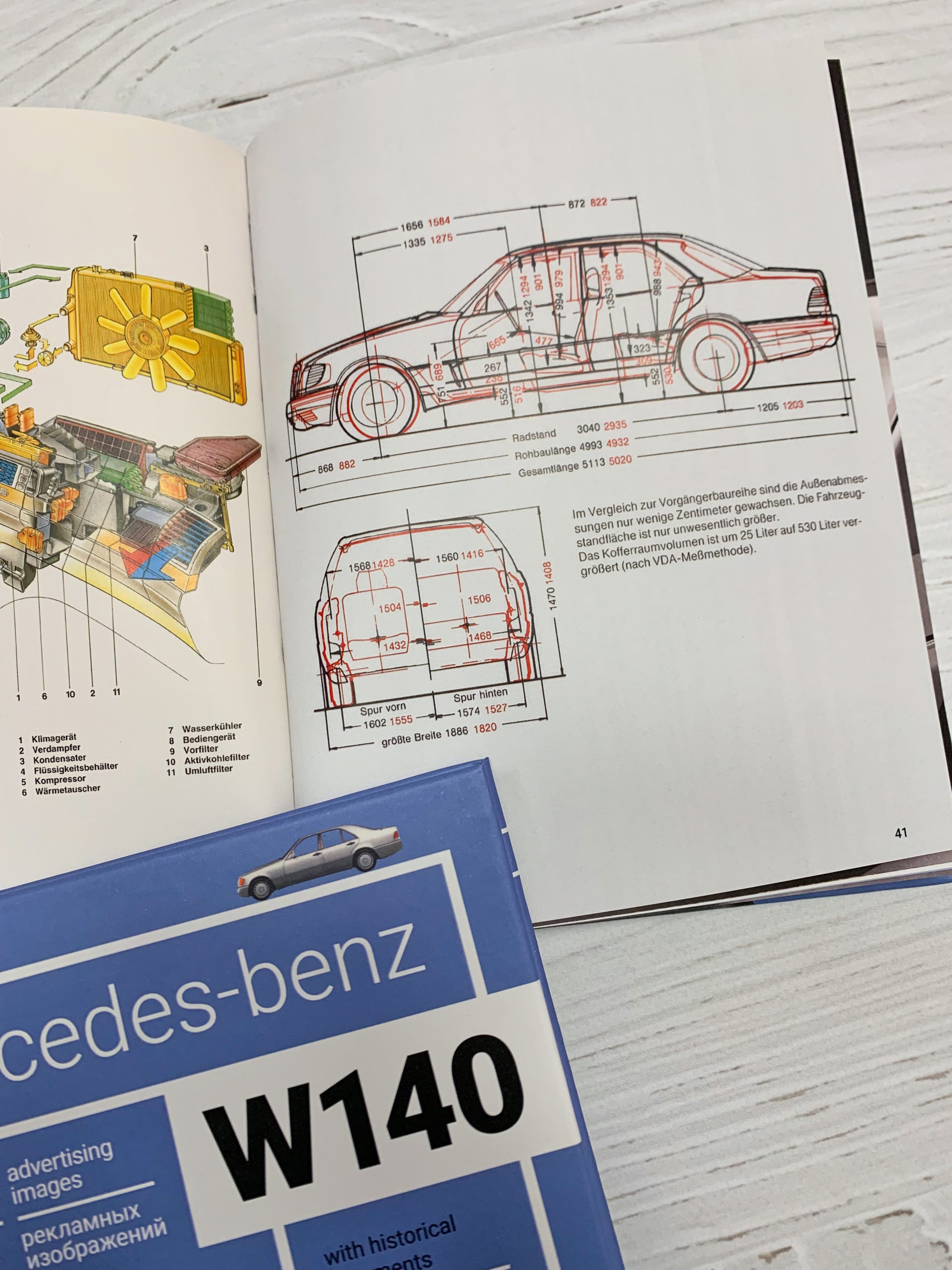
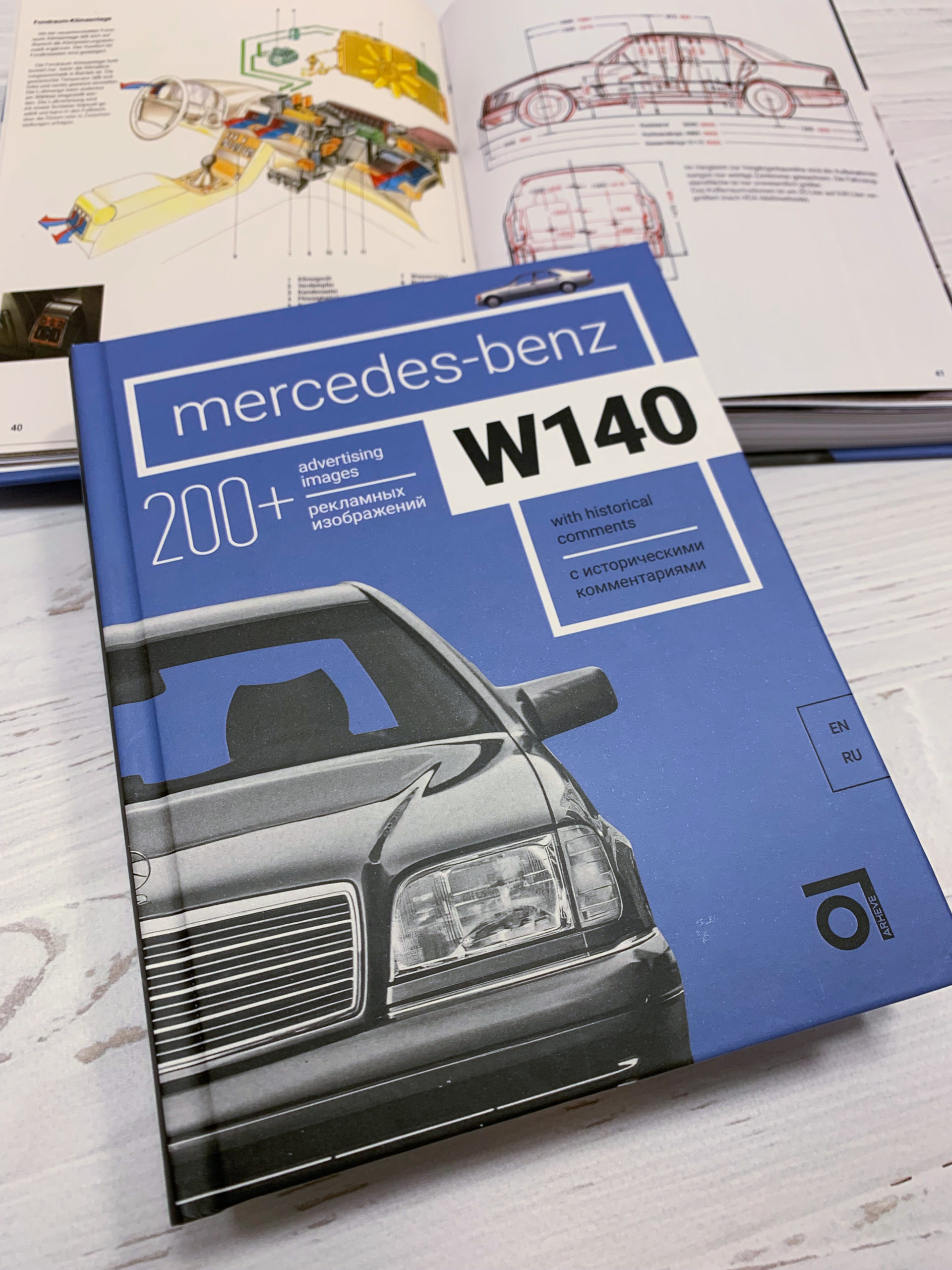
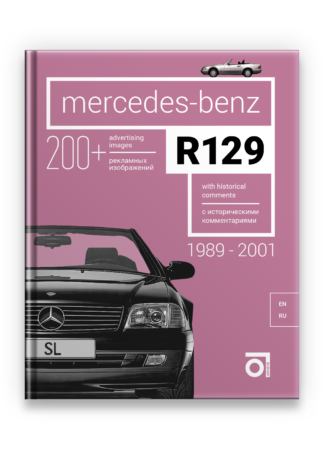
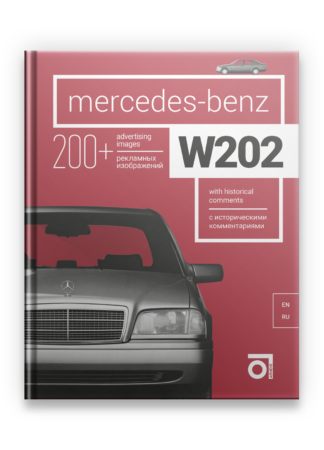
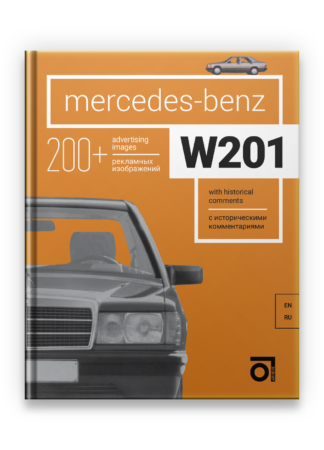
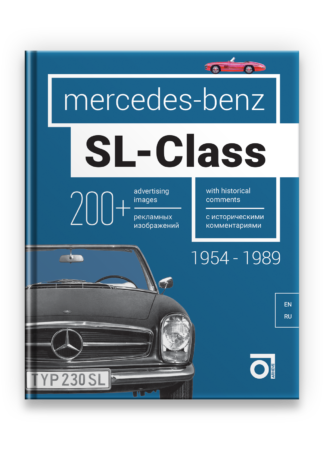

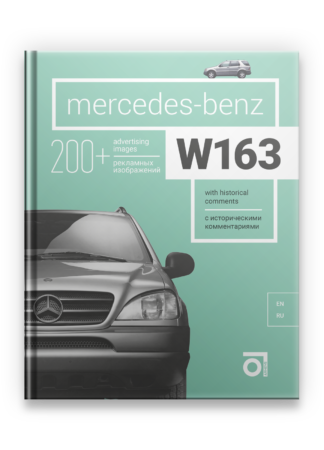

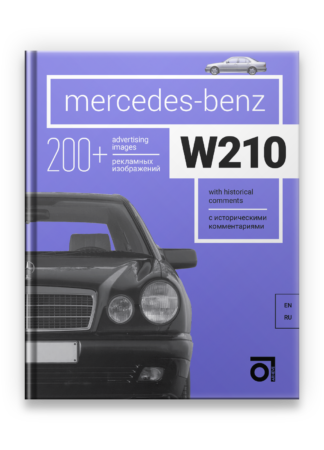
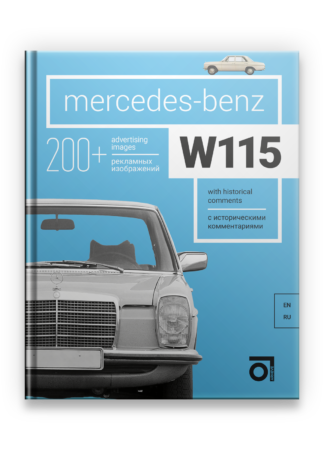
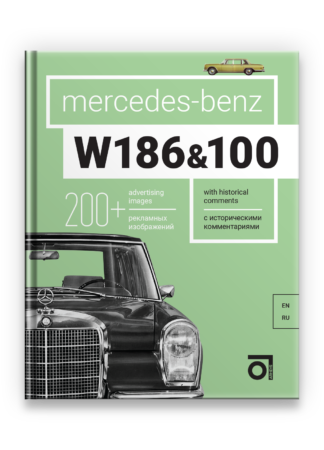

Reviews
There are no reviews yet.